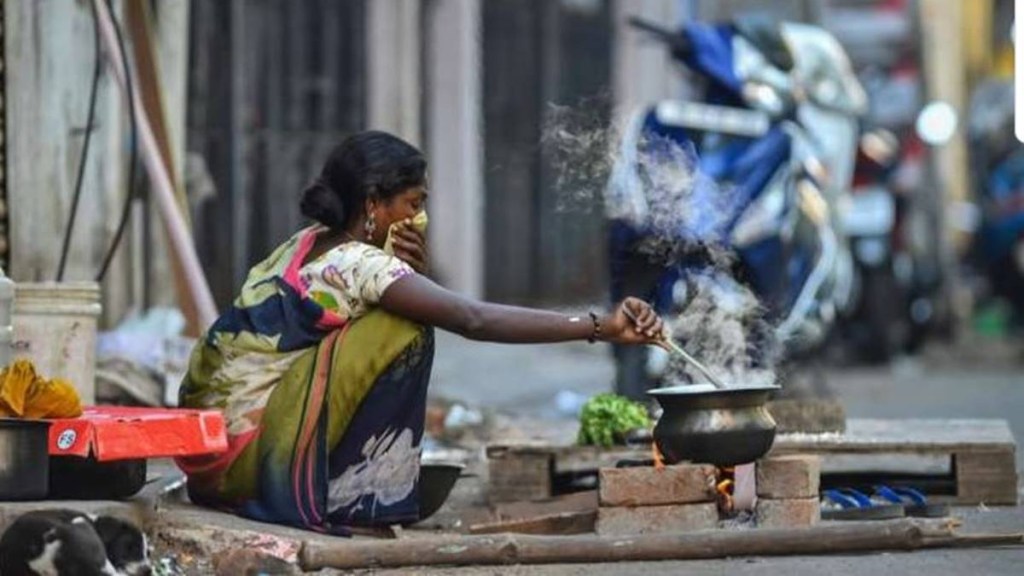India’s population living in poverty declined 64.26% in the last 15 years with 415 million people exiting poverty between 2005-06 and 2019-21, according to a report on Tuesday by United Nations Development Programme (UNDP) and the Oxford Poverty and Human Development Initiative (OPHI) at the University of Oxford.
These 15 years also saw the incidence of poverty (percentage of people considered poor) to fall to 16.4% in 2019-21 from 55.1% in 2005-06, the report based on the Multidimensional Poverty Index compiled by UNDP and OPHI said.
The Multidimensional Poverty Index identifies acute deprivations in health, education and standard of living by interrogating 10 indicators — nutrition, child mortality, years of schooling, school attendance, access to cooking fuel, sanitation, drinking water, electricity and housing and ownership of assets.
These indicators are grouped in three dimensions — health, education and living standards. According to the report, deprivation in India declined on all parameters and poorest states and groups, including children and people in disadvantaged caste groups, had the fastest progress, the report said.
“The report shows significant progress in Multidimensional Poverty Indicators which comes out even in reports of Niti Aayog.
“Thrust in many of the areas covered by the index began in late 1990s and early-2000s and a lot of progress had been made in it even before 2014,” Professor at Institute of Human Development Ravi S Srivastava said.
The report says that India is among the 25 countries that have halved the poverty within the 15-year period including Cambodia, China, Congo, Honduras, Indonesia, Morocco, Serbia, and Viet Nam.
“Poverty reduction is achievable. However, the lack of comprehensive data over the Covid-19 pandemic poses challenges in assessing immediate prospects,” according to the report.
Srivastava said Covid had impacted income, livelihoods, health programmes and education. In health the gaps that had come in immunisation programmes were covered and school attendance has come back to pre-pandemic levels but learning levels have suffered. “There will be long term effects (of slippage in learning levels) of that.”
The report also points out that people living below the monetary poverty line, as per government standards, was 21.9% between 2011-21. However, people living below the poverty line of $2.15 a day (on purchasing power parity as per Sustainable Development Goals) was 10%.

